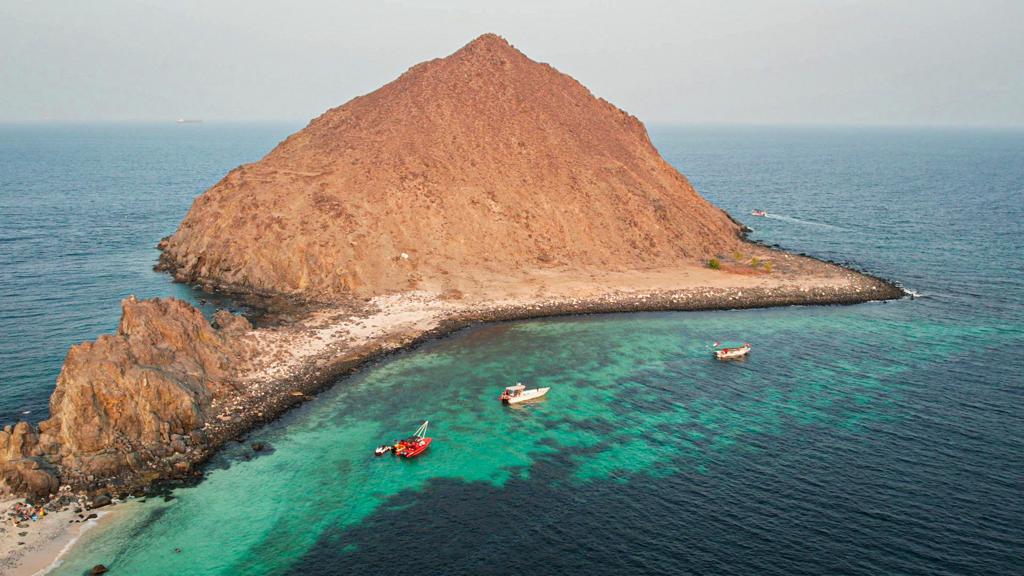Sira Khorfakkan Island in Sharjah has undergone a significant transformation after being approved as an archaeological reserve by HH Dr Sheikh Sultan bin Muhammad Al Qasimi, Supreme Council Member and Ruler of Sharjah.
This designation recognises the island’s special status in the region since ancient times and highlights its historical and archaeological significance.
Based on preliminary surveys and archaeological studies conducted by the Sharjah Archaeology Authority, human settlement on the island was primarily concentrated on the western side overlooking Khorfakkan, another historically important city, reported Wam.
Pottery fragments are widespread along the coast from north to south, and residential buildings, agricultural terraces, cemeteries, and an observation area at the top of the mountain have been identified.
A significant square-shaped building overlooking the coast with stone thresholds facing the sea has also been discovered, along with shells used as a food source.
The main settlement period on the island has been divided into two stages by the Sharjah Archaeology Authority, the first dating back to the 13th to the 16th century AD, and the second from the 18th to the 19th century AD.
Archaeological finds such as celadon and porcelain from the 17th century AD have also been found. Pottery dating back to the 13th century AD and celadon belonging to the 14th to the 16th century AD are among the most significant finds on the island, in addition to pottery from the 16th century imported from southern China and others from the 18th and 19th centuries.
The Authority also discovered a portion of the base of a stone basin restored with a piece of copper, indicating the island’s rich history.
The archaeological surveys conducted in Sharjah confirm the island’s historical significance. Sira Khorfakkan Island has immense historical value, owing to its strategic location overlooking the entrance of Khorfakkan from the east.
Its unique location makes it an impregnable island for monitoring marine traffic in the Sea of Oman. The island’s heights consist of gabbro stone, which can reach up to 8.7 m in height, reported Wam.
Furthermore, geological studies have revealed that the Sira Khorfakkan island is composed of ophiolite formations resulting from the excessive pressure on the continental crust during the upper Cretaceous period. As a result, it represents a slice of the oceanic lithosphere, with a width of around 35 meters and an extension that continues towards the north-south of the island, it added.


